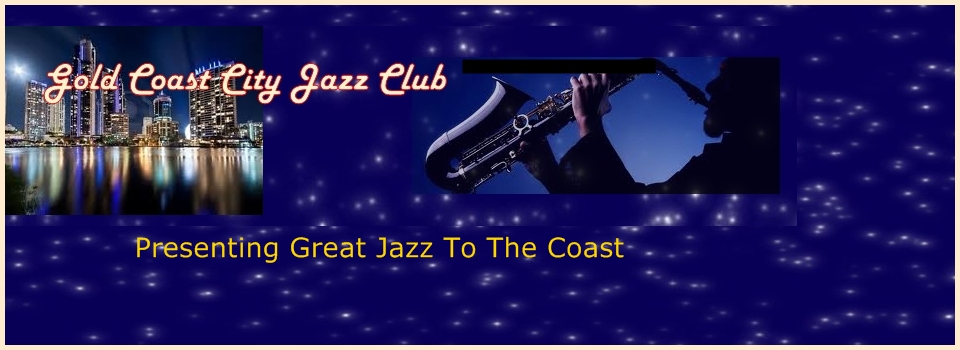Agitation
Trumpeter, composer, and bandleader Miles Dewey Davis III was born on May 26, 1926 in Alton, Illinois, and raised in East St. Louis, Missouri.
His first teacher was local musician Elwood Buchanan who was firmly, even violently, against using vibrato on trumpet.
After high school, Davis enrolled in the Julliard School of Music.
He spent his first weeks in town trying to find his idol Charlie Parker which led to his joining in in jam sessions at two of the birthplaces of bebop, Minton’s Playhouse and Montroe’s.
Definitive cool jazz trumpeter Miles Davis is consisted one of the most influential artists of the 20th Century.
With his groups, beginning in the mid-1940s he was prominent in the advancement and development of newly emerging styles including bebop, cool jazz, hard bop, and jazz fusion.
After spending his youth split between East St. Louis, Illinois and Pine Bluff, Arkansas Miles first emerged on the New York scene as a student at the Juilliard School of Music.
There he began a regiment of nightly jam sessions at the famed Harlem nightclub, “Minton’s Playhouse” with musicians such as Fats Navarro, J. J. Johnson, and Thelonious Monk.
During the late ’40s he forged a strong friendship with composer Gill Evans and after a period of hardship both personal and professional in the early 1950s.
After resolving struggles which included winning his battle with heroin dependency, Miles Davis would make a landmark appearance at the 1955 “Newport Jazz Festival” with his Quintet featuring John Coltrane.
The second “Miles Davis Quintet” perform in Stockholm, Sweden in 1967.
Personnel:
Miles Davis, trumpet
Herbie Hancock, piano
Wayne Shorter, tenor sax
Ron Carter, bass
Tony Williams, drums
The earliest film and documentation of the Miles Davis Quintet with Wayne Shorter
After John Coltrane left the Miles Davis Quintet in 1960, Davis spent several years trying to put together a new group on the level of his 1955-60 bands.
Sonny Stitt joined Davis for a European tour with pianist Wynton Kelly, bassist Paul Chambers and drummer Jimmy Cobb, and Hank Mobley was the group’s tenor during 1961, but the group broke up altogether in 1962.
In 1963 Davis formed a new band with pianist Herbie Hancock, bassist Ron Carter and a teenaged drummer, Tony Williams; George Coleman was the group’s tenor-saxophonist.
After Coleman’s departure, Sam Rivers spent a short time with the group and then Wayne Shorter, who was both a very individual saxophonist and a brilliant composer, joined on September 4, 1964.
The second great Miles Davis Quintet lasted for four years and created some very original and ultimately influential music.
Just a week after Shorter joined, the quintet appeared on the Steve Allen Show, performing “No Blues” (a medium-tempo blues), a rapid “So What,” and “All Blues” on Sept. 10-11.
Here are all three of the selections by the young group; even Miles Davis was only 38 at the time.

Speak Your Mind